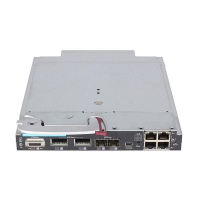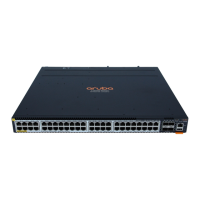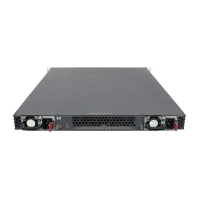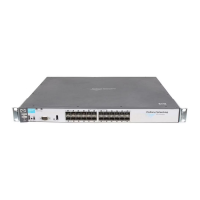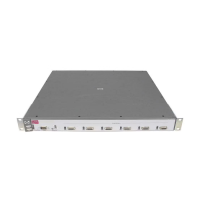303
• Determine the IPv6 ACL rule defining a legal BSR address range.
• Determine the BS period.
• Determine the BS timeout.
• Determine the IPv6 ACL rule for register message filtering.
• Determine the register suppression time.
• Determine the register probe time.
• Determine the IPv6 ACL rule and sequencing rule for disabling an SPT switchover.
Enabling IPv6 PIM-SM
With IPv6 PIM-SM enabled, a router sends hello messages periodically to discover IPv6 PIM neighbors
and processes messages from the IPv6 PIM neighbors. When you deploy an IPv6 PIM-SM domain,
enable IPv6 PIM-SM on all non-border interfaces of the routers.
IMPORTANT:
Command Remarks
1. Enter system view.
system-view N/A
2. Enable IPv6 multicast routing.
multicast ipv6 routing-enable Disabled by default.
3. Enter interface view.
interface interface-type
interface-number
N/A
4. Enable IPv6 PIM-SM.
pim ipv6 sm
Disabled by default.
Configuring an RP
An RP can be manually configured or dynamically elected through the BSR mechanism. For a large IPv6
PIM network, static RP configuration is a tedious job. Generally, static RP configuration is just a backup
method for the dynamic RP election mechanism to enhance the robustness and operation manageability
of a multicast network.
Configuring a static RP
If only one dynamic RP exists in a network, manually configuring a static RP can avoid communication
interruption because of single-point failures. It can also avoid frequent message exchange between C-RPs
and the BSR.
To enable a static RP to work normally, you must perform this configuration on all routers in the IPv6
PIM-SM domain and specify the same RP address.
Perform the following configuration on all the routers in the IPv6 PIM-SM domain.
To configure a static RP:
Ste

